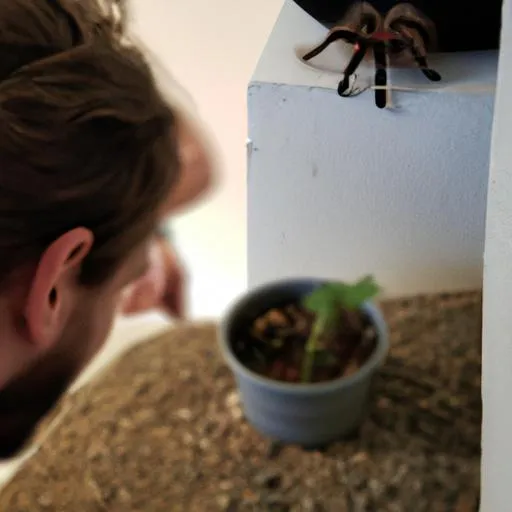Why Do Curly Hair Tarantulas Dig
The world of tarantulas is filled with fascinating behaviors, and one of the most intriguing is their propensity for digging. For the curly hair tarantula (Tliltocatl albopilosus), this behavior is not just a quirk, it’s a fundamental aspect of their survival and well-being. Understanding why these creatures dig is crucial for providing them with the right environment and ensuring they thrive in captivity. Digging serves multiple purposes, from creating shelter and regulating their microclimate to aiding in the molting process and setting up ambushes for prey. The depth and complexity of their burrows can vary, influenced by factors such as substrate, humidity, and temperature. This innate drive to dig is a key element of their natural instincts, making it a key component of their care.
Natural Habitat and Burrowing Behavior
In their natural habitat, curly hair tarantulas are ground-dwelling creatures native to the tropical forests of Costa Rica. These spiders are opportunistic burrowers, meaning they will utilize existing structures or create their own. They prefer to dig in soil that offers both stability and humidity. Their burrows provide protection from predators, extreme temperatures, and the elements. This behavior is deeply ingrained in their genetic makeup, allowing them to survive and thrive in their environment. The type of soil in their habitat is crucial, which in captivity, we can mimic with a suitable substrate. These tarantulas are not particularly adept diggers compared to some other species, so they often modify existing spaces or take advantage of loose earth to create their homes. The understanding of their natural behavior is crucial for pet owners.
Burrowing for Shelter
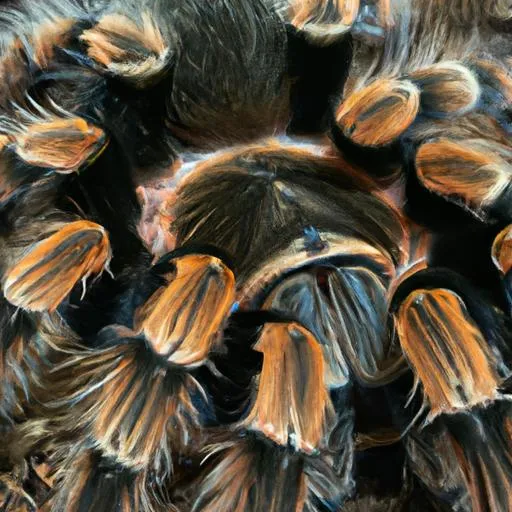
One of the primary reasons curly hair tarantulas dig is to create a safe haven. Their burrows offer protection from potential predators, which is especially important during the tarantula’s vulnerable molting stages. The underground environment provides a stable temperature and humidity, crucial for their survival. These burrows can range from simple shallow depressions to more elaborate tunnel systems, depending on the individual spider and the substrate available. This behavior is instinctive; even young spiderlings will start to burrow shortly after they are born, highlighting its importance in their life cycle. The depth of the burrow often depends on the size of the tarantula and the substrate it is digging in, providing a secure retreat from the world above.
Burrowing for Molting
Molting is a critical process for tarantulas, during which they shed their exoskeletons to grow. The burrow provides a secure and humid environment during this delicate time. The tarantula will often seal itself inside the burrow, where the stable conditions help ensure a successful molt. Humidity is especially important during the molting process, helping the old exoskeleton to soften and separate from the new one. The burrow also offers protection from external threats when the tarantula is at its most vulnerable. The tarantula’s burrow depth might be deeper for molting purposes, providing that extra protection from potential dangers. This behavior is vital for the spider’s development.
Burrowing for Ambush
Curly hair tarantulas are ambush predators, meaning they lie in wait to catch their prey. The burrow serves as a strategic location from which to launch these ambushes. They position themselves near the entrance to their burrow, ready to pounce on unsuspecting insects. The burrow also offers a temperature and humidity advantage, which can help to conserve energy and improve their hunting success. By digging a burrow, they can camouflage their presence and wait for the ideal moment to strike. The burrow’s entrance gives them a view of the surrounding area, maximizing their ability to detect and capture prey. This behavior is a good indicator of the tarantula’s predatory nature.
Factors Influencing Digging
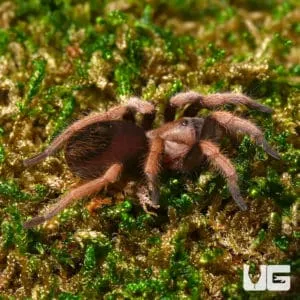
Several factors can influence a curly hair tarantula’s digging behavior. Understanding these factors is crucial for creating the ideal environment in captivity. Substrate type, humidity levels, and temperature play vital roles in determining how much a tarantula digs. Different tarantulas have individual preferences. The spider’s age, size, and even its personality can also influence its burrowing habits. By carefully adjusting these factors, you can encourage your tarantula to exhibit its natural behaviors and feel safe and secure in its enclosure. This leads to a happier and healthier tarantula.
Substrate Depth and Type
The substrate is the foundation of a curly hair tarantula’s habitat, and its depth and type are key factors in encouraging digging. A substrate of at least 4-6 inches is recommended, allowing the tarantula to create a comfortable burrow. The substrate should be a mixture of materials to give the burrow structural integrity, and the spider’s preference. Coconut fiber, peat moss, and vermiculite are excellent choices, providing the right balance of moisture retention, drainage, and structural support. Avoid using substrates that are too compacted or easily collapse, as this can hinder the digging process. Providing a suitable substrate depth and type directly influences their ability to dig and exhibit natural behaviors. A good substrate will also help maintain humidity levels within the enclosure.
Humidity Levels and Digging
Humidity plays a significant role in a curly hair tarantula’s digging behavior. High humidity levels help keep the substrate moist, making it easier for the tarantula to dig and maintain its burrow. In addition, the humidity helps the tarantula with molting. Maintaining the correct humidity levels is essential for the spider’s health. Use a hygrometer to monitor the humidity in the enclosure. Misting the enclosure with water can increase humidity, but avoid overwatering, which can lead to mold growth. Ensure the enclosure has adequate ventilation to prevent the buildup of excess moisture. Providing the right humidity levels is an important element for the spider’s health.
Temperature and Digging
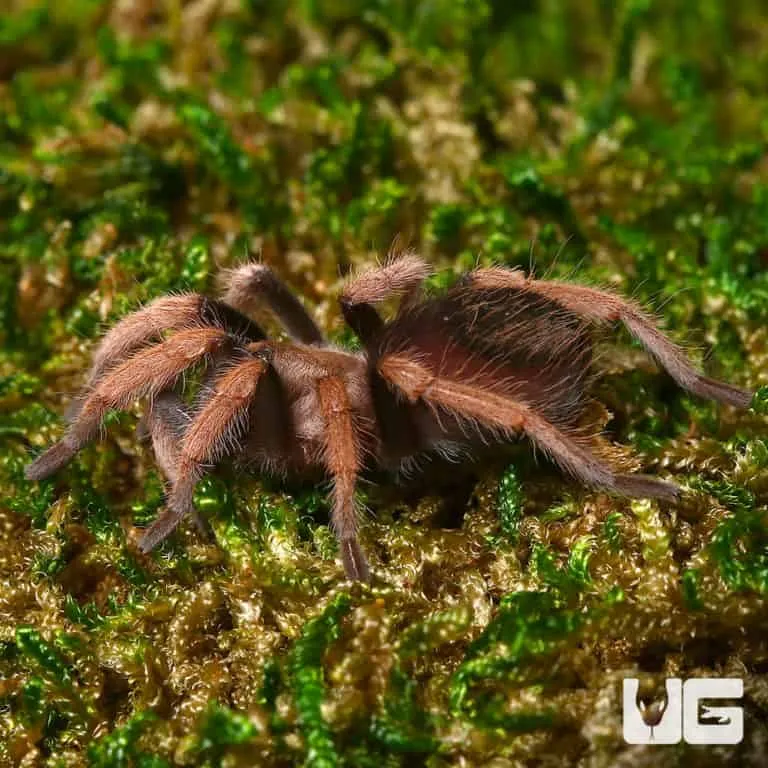
Temperature also impacts a curly hair tarantula’s digging behavior. Providing a suitable temperature gradient helps the spider regulate its body temperature, which is a crucial factor for overall health. A temperature range of 75-85°F (24-29°C) is generally suitable, and the tarantula may dig to find the most comfortable spot in the enclosure. The temperature also affects the metabolic rate, and this may impact their inclination to burrow. If the enclosure is too cold, the tarantula may dig deeper to conserve heat. The tarantula’s digging pattern also depends on the temperature variations during the day and night. Using a heat mat or ceramic heat emitter can help maintain a consistent temperature in the enclosure.
Signs of a Happy Digging Tarantula
Observing a curly hair tarantula’s digging behavior can give insights into its overall well-being. A healthy tarantula will often exhibit a pattern of digging, burrowing, and rearranging its substrate. A tarantula that is actively digging and creating a secure burrow is generally a sign of a healthy and content spider. The depth and complexity of the burrow can also give clues about the tarantula’s comfort level. Look for other signs, such as a good appetite, active movement, and a healthy appearance, to confirm that your tarantula is thriving. These behaviors indicate that the tarantula feels safe and secure in its environment. It’s a good indicator of the overall health and happiness of the spider.
Common Digging Patterns
Curly hair tarantulas display a variety of digging patterns. Some will dig extensive tunnels, while others prefer to create simple burrows. These patterns can vary depending on the tarantula’s individual preferences and the environment it is in. Some will dig near the sides of the enclosure, while others will dig in the center. Sometimes, a tarantula may dig a shallow depression for shelter and then revisit and adjust it later. Others will dig in a particular corner of the enclosure. These patterns are not only fascinating, they provide important clues about the tarantula’s preferences. These patterns are a natural behavior. Observing your tarantula’s digging patterns can help you better understand its needs.
What to do if your Tarantula Doesn’t Dig
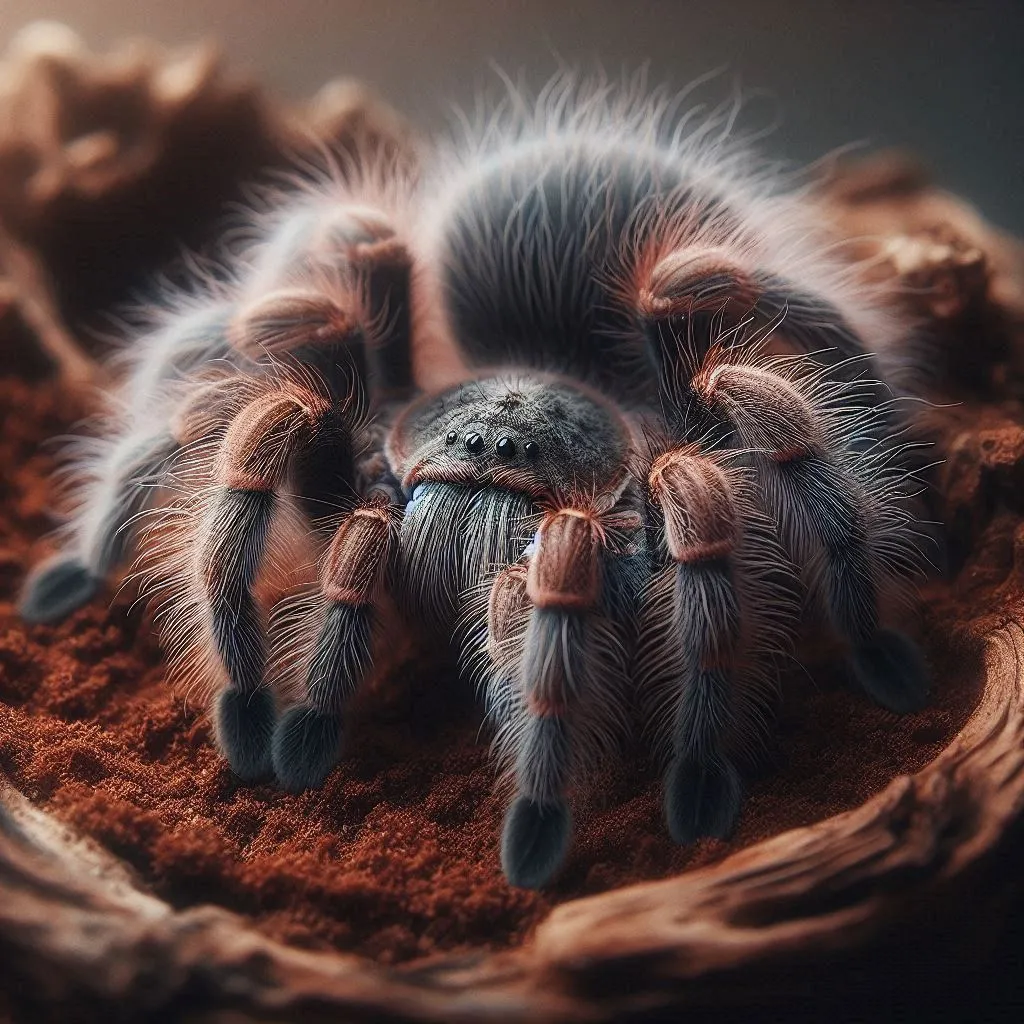
If your curly hair tarantula is not digging, there could be a few reasons. First, it is important to assess the environment. Check the substrate depth and type. Ensure the humidity and temperature levels are correct. Sometimes, a tarantula may not dig if it doesn’t feel secure. If your tarantula is new, give it time to settle in. Also, the lack of digging behavior can also be a sign of illness, so monitor your tarantula for other signs of poor health, such as loss of appetite or lethargy. In some cases, the tarantula may simply not have the inclination to dig. By assessing the environment and ensuring the tarantula’s health, you can help determine if there are any underlying issues.
Providing the Right Environment
Creating the right environment is key to encouraging a curly hair tarantula to dig. Start with a suitable enclosure size, ensuring it is large enough to accommodate the tarantula and its burrow. Provide a deep layer of substrate, such as a mix of coconut fiber, peat moss, and vermiculite, to allow for burrowing. Monitor the humidity and temperature levels, and adjust them as needed to meet the tarantula’s needs. Provide a hide or other structures to give the tarantula a sense of security. The best habitat is one that gives the tarantula a safe and comfortable place to live. The proper environment ensures that your tarantula can engage in its natural behaviors. These factors will also contribute to the overall health and happiness of your pet.
Addressing Potential Issues
While digging is a natural behavior, there are potential issues to watch out for. Ensure the enclosure is clean and that mold growth is avoided, as it can be harmful to your tarantula. Also, avoid excessive disturbance of the burrow, as this can stress your tarantula. If your tarantula stops eating, consult with a veterinarian. Regularly check the substrate to ensure that it is not overly dry or excessively wet. If the tarantula has difficulty molting, you may need to adjust the humidity. Addressing potential issues promptly will ensure your pet’s well-being. Being proactive with these measures will help maintain a safe and healthy environment for your pet tarantula.
Conclusion Why Digging Matters
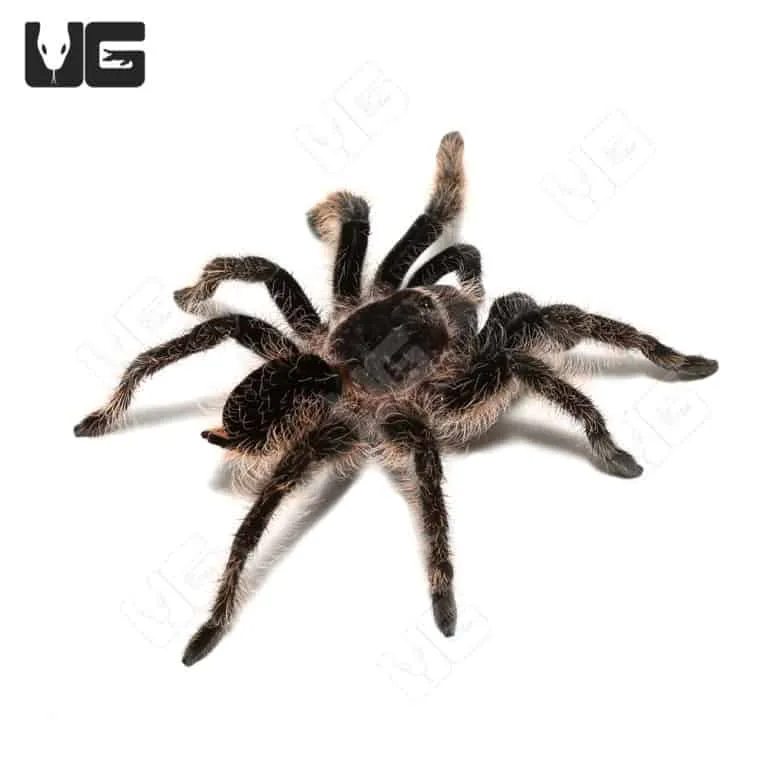
Digging is an essential behavior for curly hair tarantulas, reflecting their natural instincts and providing them with safety, shelter, and a means of survival. Understanding the reasons behind this behavior and providing the appropriate environment are critical for the well-being of these fascinating creatures. By providing the right substrate, humidity, and temperature, you can create an environment where your tarantula can thrive and exhibit its natural behaviors. By observing your tarantula’s digging patterns and addressing any potential issues, you can ensure that your pet lives a long and healthy life. This will contribute to a positive experience with a captivating pet.
